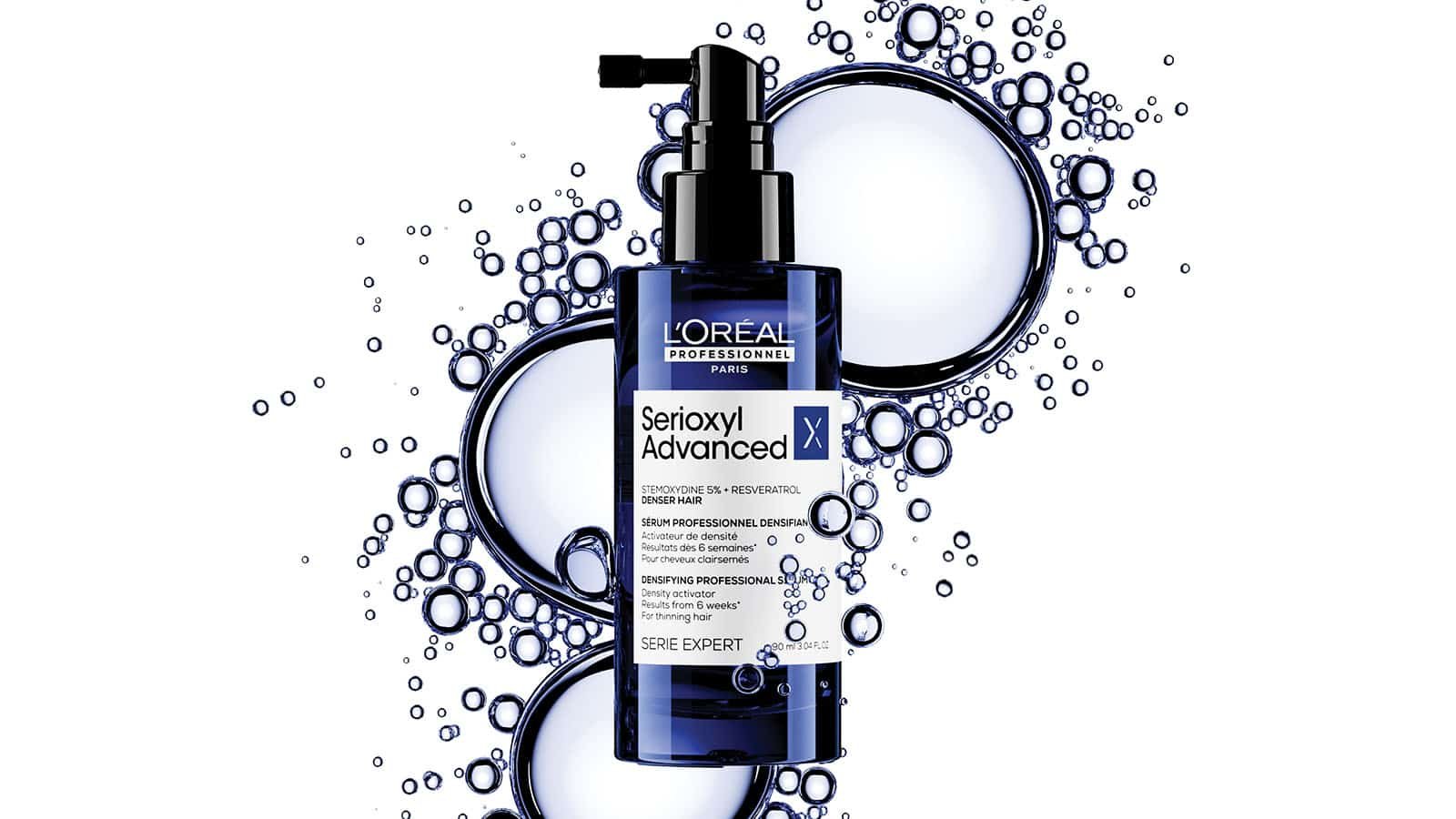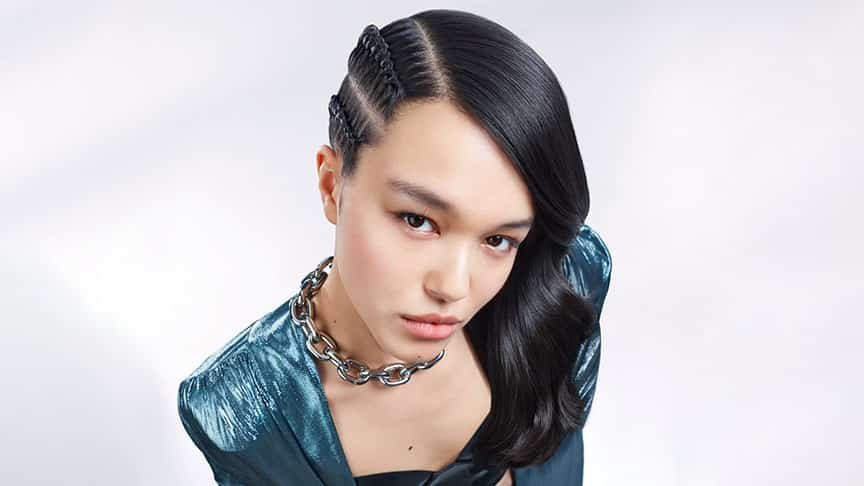What is postpartum hair loss?
Have you noticed hair loss after pregnancy? Postpartum hair loss happens to many women, and can be a source of anxiety and stress. Not something you need when there’s a new baby to care for! Here we take a closer look at the most commonly-asked questions about post-pregnancy hair loss and how to best take care of your hair while it grows back.
Postpartum is the scientific Latin word to describe “after childbirth”. And, while it is often used interchangeably with postnatal, there is a subtle difference between the two. Postpartum refers to the mother’s condition after birth, while postnatal is used to describe the baby. Postpartum hair loss is therefore the excess loss of hair after childbirth.
Is it normal to experience hair loss after pregnancy?
Postpartum hair loss is actually more common than you’d think. It’s believed to be due to hormones, oestrogen in particular, which increases during pregnancy. This oestrogen is thought to prevent hair from falling out as it would naturally (as part of the “telogen” hair shedding phase) and pause the hair renewal cycle. However, after childbirth the hormones gradually return to normal. All the hairs that have been paused in their resting state then start to fall out. But because it happens all at once, the result can be significant visible hair loss or thinning hair. However, this hair more often than not grows back and resettles into a healthy growth cycle. Each case is different.
Other causes of hair loss after pregnancy can include hypothyroidism, alopecia or iron deficiency. If you’re ever concerned about changes to your body after giving birth, always visit a medical professional to get a professional diagnosis and put your mind at ease.

What can you do to stimulate hair growth?
You’ve noticed that you are suffering thinning hair or hair loss after pregnancy, you’ve checked in with your doctor and they’ve confirmed you’re experiencing postpartum hair loss. The good news is that your hair should start growing back normally in a few months. But how can you stimulate the hair to grow back quicker and thicker?
Hair growth is a great excuse for a head massage. By applying gentle pressure to the scalp with the fingers or hands, you can help stimulate the blood flow across the head, and optimise healthy new hair regrowth. Brushing the scalp every night can also stimulate blood circulation, but make sure you’re using the right kind of hairbrush. Avoid metal teeth and combs which can hurt the scalp and tug at the hair. A soft natural bristle brush can help massage the scalp and reduce breakage.
A healthy diet is always a positive step towards a healthy and happy body. Dark leafy greens, berries and protein-rich foods are all reputed for their hair-strengthening properties. Eggs, for example, are believed to help boost collagen production, while blueberries and raspberries are packed with vitamin C; great for protecting against free radicals and helping with iron absorption.
The right hair care can also set your locks on the right path to volume. Using a thickening shampoo and conditioner like those from the Serioxyl range by L’Oréal Professionnel, formulated to help make hair look and feel thicker, denser and lifted.

How to disguise thinning hair
If you’re experiencing postpartum hair loss, there are several ways you can disguise your thinning hair until it grows back to its former glory.
1/ Time for a trim
One of the areas where hair loss is at its most visible is at the front. Many women are concerned about the small, thin and weak hairs that grow along the hair line after pregnancy. But this may be the perfect opportunity to try a new hairstyle – bangs perhaps? Layers can also be an excellent ways of creating the illusion of thickness and volume.
2/ Change your parting
Another area women notice their hair thinning after pregnancy is along the parting. To disguise this, simply change where you part your hair! A new parting line can also have the added bonus of making your hair look more voluminous.
If you are looking to improve hair density, Serioxyl Volumising Colour Sprays instantly conceals sparse areas on the scalp, for a natural-looking densifying effect.
3/ Update your colour
Hair colour can be a wonderful weapon when it comes to disguising thinning hair. Ask your hairdresser about colour placement: a few well-placed highlights or a radiant balayage can really help give density and shape to flat, thin hair.
4/ Thickening treatments
Incorporate thickening treatments into your haircare routine.
The Serioxyl thinning hair care range, includes a selection of serums and leave-in sprays that help build up the hair’s density with every application – really supporting its return to volume. Example, Serioxyl Denser Hair Treatment for Thinning Hair should be used daily for a minimum of three months, to leave your hair looking denser and feeling fuller.
5/ Play with accessories
Fun and creative, accessories are a great way to quickly and easily hide hair loss after childbirth. Think hats, headscarves, decorated bands and bright, colourful hair clips all designed to either hide the hair or distract with sparkle!
6/ Styling tricks
Volumising mousse and hairspray will become your new best friends. Apply a mousse to wet hair after washing and conditioning, then dry your hair upside down. When almost dry, flick the hair back, style as desired, then spritz over a lightweight hairspray that won’t weigh down the hair. To tame those baby hairs around the forehead, or any flyaways in general, opt for a styling gel like Fix Max by Tecni.ART.
Postpartum hair loss is a common concern, but luckily there are ways you can minimise the problem and support healthy hair regrowth... and get on with enjoying your new baby!